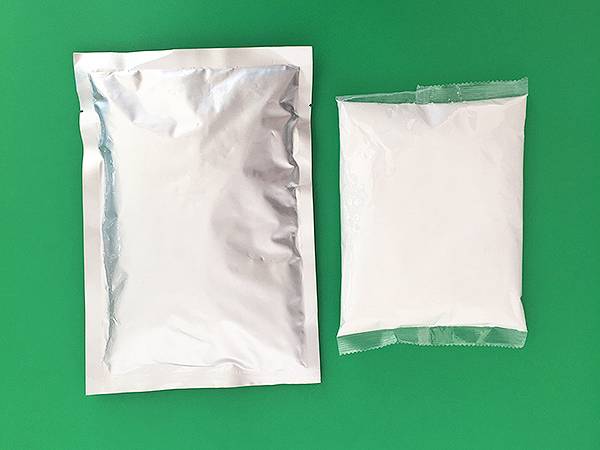



Chemicals Commonly Utilized in Sewage Treatment Facilities and Their Functions
Chemicals Used in Sewage Treatment Plants An Overview
Sewage treatment plants (STPs) play a crucial role in maintaining public health and environmental quality by processing wastewater before it is released back into the environment. A significant aspect of this process involves the use of various chemicals that aid in the treatment of sewage. These chemicals are essential for the effective breakdown of organic matter, removal of pollutants, and disinfection of treated water. In this article, we will explore the types of chemicals commonly used in sewage treatment, their functions, and the importance of their application.
1. Coagulants and Flocculants
Coagulation and flocculation are fundamental processes in sewage treatment. Coagulants, such as aluminum sulfate (alum) and ferric chloride, are added to the sewage to destabilize suspended particles. These particles then aggregate into larger clumps known as flocs, which can be easily removed from the water. Flocculants, which include substances like polyacrylamide, are used to enhance this process by promoting the formation of larger floc particles.
The effectiveness of these chemicals is vital for the sedimentation process that follows. By allowing larger particles to settle out of the wastewater, these coagulants and flocculants help reduce the overall load of contaminants that need to be managed further down the treatment line.
2. pH Adjusters
The pH level of wastewater can significantly affect the efficiency of treatment processes. Chemicals such as sulfuric acid or sodium hydroxide are often used to adjust the pH of sewage to an optimal level, ensuring that subsequent biological processes occur effectively. For instance, a neutral pH range (6.5 to 8.5) is beneficial for the survival of microorganisms that play a critical role in breaking down organic matter during the biological treatment phase.
sewage treatment plant chemicals used

After the treatment processes, sewage must be disinfected to eliminate pathogens and harmful microorganisms before it is released into the environment or repurposed for potable uses. Common disinfectants include chlorine, chloramine, ozone, and ultraviolet (UV) light. Each of these methods has its advantages and limitations. For example, chlorine is highly effective and relatively inexpensive, but it can react with organic materials to form harmful disinfection by-products. On the other hand, UV treatment is effective and does not produce harmful residues, but it requires clear water conditions for optimum efficiency.
4. Nutrient Removal Chemicals
Modern sewage treatment plants often face the challenge of nutrient pollution, particularly from nitrogen and phosphorus compounds. Excessive amounts of these nutrients can lead to harmful algal blooms in receiving water bodies. To mitigate this, chemicals such as magnesium ammonium phosphate (MAP) and aluminum sulfate are used to precipitate phosphorus from the wastewater. Biological denitrification processes, which may involve adding carbon sources like methanol, can be utilized to reduce nitrogen levels efficiently.
5. Odor Control Agents
One of the challenges in sewage treatment plants is managing odors generated during the treatment processes. Chemicals such as activated carbon, hydrogen peroxide, and ozone are commonly used to mitigate foul smells. These agents can neutralize or mask odors, improving the working conditions for plant operators and the quality of life for nearby residents.
Conclusion
The use of chemicals in sewage treatment plants is an indispensable aspect of wastewater management. These chemicals not only help in breaking down and removing pollutants but also ensure that the treated water meets environmental safety standards before being discharged. With increasing awareness of environmental conservation, the focus on optimizing chemical usage in sewage treatment processes continues to grow. By refining chemical applications and exploring alternative treatment methods, sewage treatment plants can enhance their efficiency, reduce environmental impact, and contribute to sustainable water management practices.
-
Why Sodium Persulfate Is Everywhere NowNewsJul.07,2025
-
Why Polyacrylamide Is in High DemandNewsJul.07,2025
-
Understanding Paint Chemicals and Their ApplicationsNewsJul.07,2025
-
Smart Use Of Mining ChemicalsNewsJul.07,2025
-
Practical Uses of Potassium MonopersulfateNewsJul.07,2025
-
Agrochemicals In Real FarmingNewsJul.07,2025
-
Sodium Chlorite Hot UsesNewsJul.01,2025










